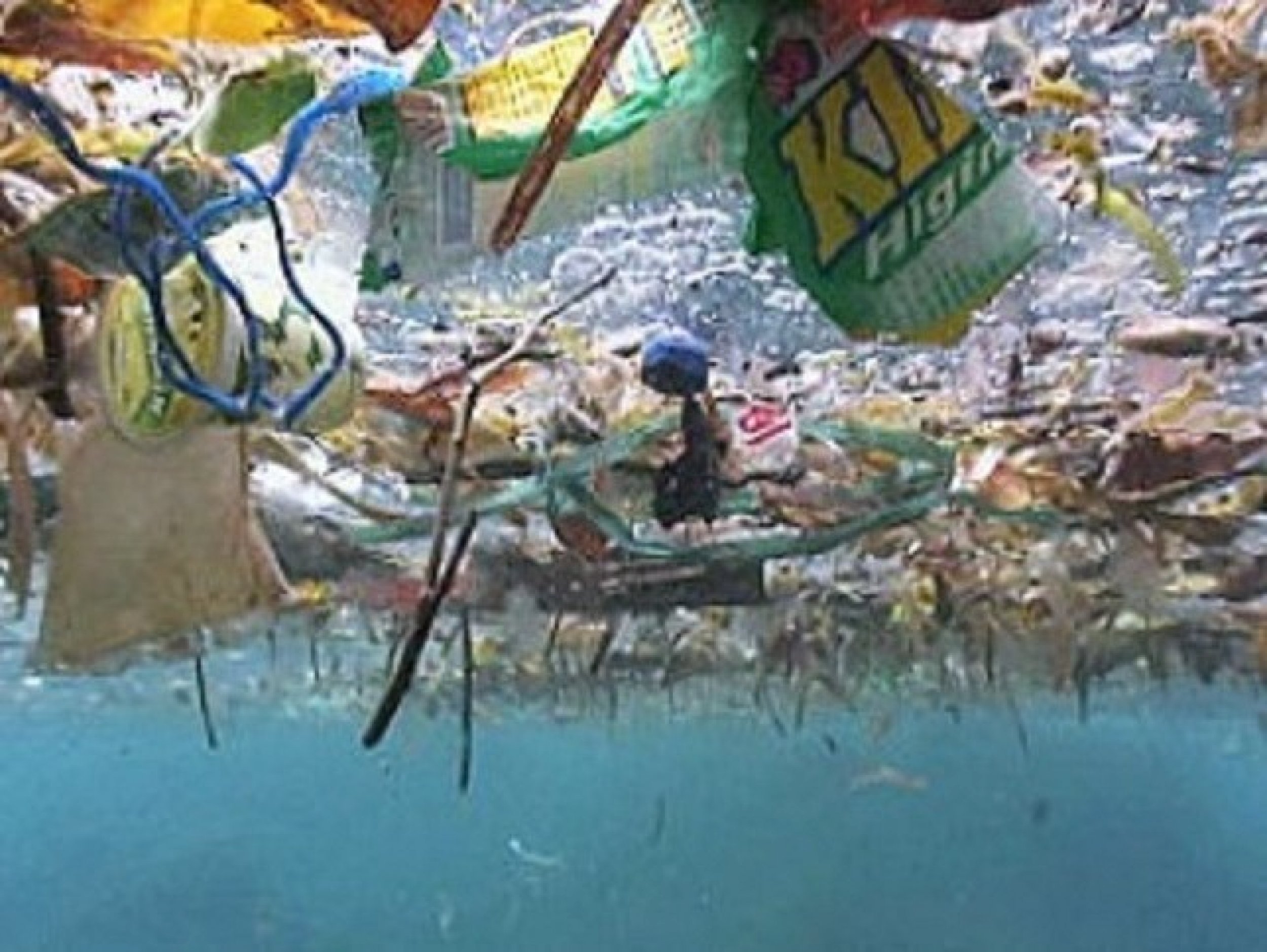Ocean Garbage 'Vastly Underestimated' [SLIDESHOW]
Wind may drive trash and other floating debris deeper into the ocean and lead experts to underestimate oceanic pollution, according to a recent study.
Researchers typically sample the top 10 inches (25 centimeters) of ocean water to extrapolate the total trash levels. However, wind may force much of that trash below the surface water and skew the results, researchers concluded.
That really puts a lot of error into the compilation of the data set, Giora Proskurowski, study coauthor and oceanography researcher at the University of Washington, said in a statement By factoring in the wind, which is fundamentally important to the physical behavior, you're increasing the rigor of the science and doing something that has a major impact on the data.
The amount of trash in the ocean may be as much as 2.5 times higher than sampled amounts, a team of researchers estimated. In high winds, surface samples could provide estimates that are 27 times less than samples would suggest.
The scope of the problem is not just at the very surface but goes down to [65 feet (20 meters)] or so, and that plastic is distributed throughout this layer, Proskurowski said.
The updated findings will hopefully influence policy makers to make better decisions in regards to the health of the oceans, researchers said.
On this topic, what science needs to be geared toward is building confidence that scientists have solid numbers and [ensuring] that policy makers aren't making judgments based on CNN reports, Proskurowski said in a statement.
The journal Geophysical Research Letters published the study on April 3.
Ocean trash can destroy an ecosystem. It can suffocate fish that eat it and the small pieces make good homes for bacteria and other microbes. Chemicals that leach out of the garbage and into the ocean can accumulate in fish, damaging their organs. The chemicals can also work their way into the human body when we eat the fish, according to Nature.
Click through the slideshow for some examples of just how dirty the ocean can be.







© Copyright IBTimes 2024. All rights reserved.











